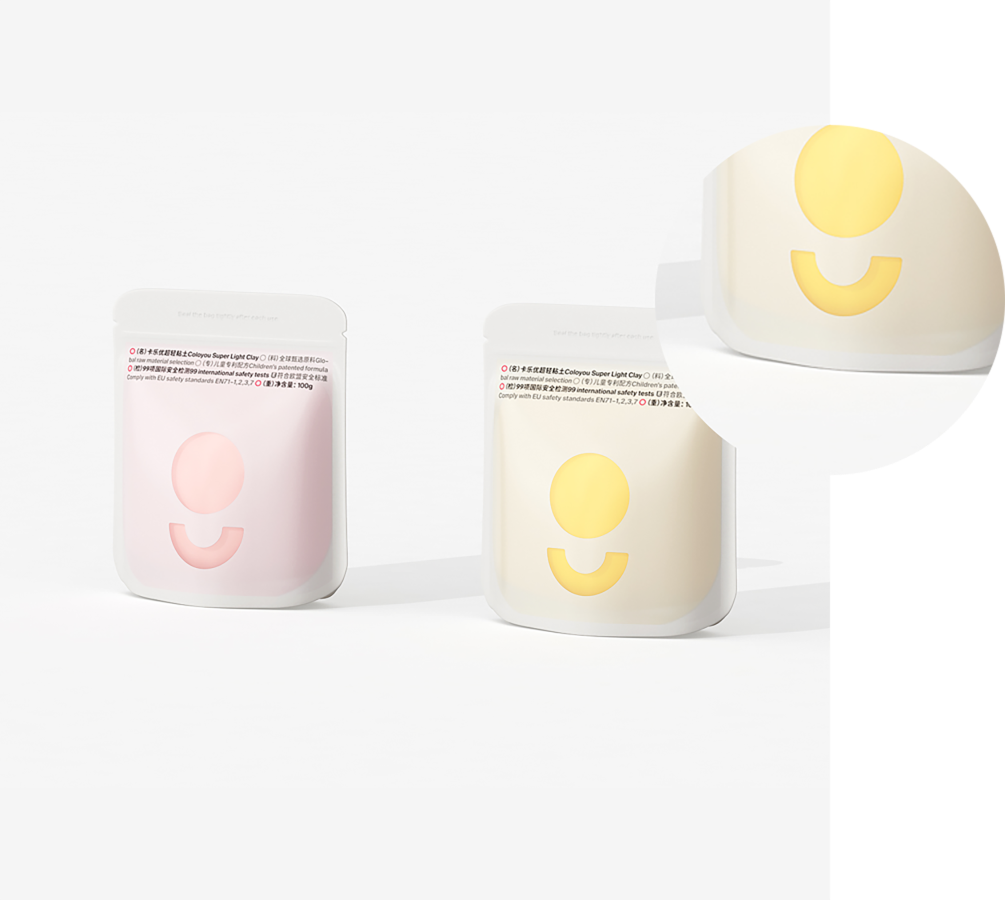- Afrikaans
- Albanian
- Amharic
- Arabic
- Armenian
- Azerbaijani
- Basque
- Belarusian
- Bengali
- Bosnian
- Bulgarian
- Catalan
- Cebuano
- chinese_simplified
- chinese_traditional
- Corsican
- Croatian
- Czech
- Danish
- Dutch
- English
- Esperanto
- Estonian
- Finnish
- French
- Frisian
- Galician
- Georgian
- German
- Greek
- Gujarati
- haitian_creole
- hausa
- hawaiian
- Hebrew
- Hindi
- Miao
- Hungarian
- Icelandic
- igbo
- Indonesian
- irish
- Italian
- Japanese
- Javanese
- Kannada
- kazakh
- Khmer
- Rwandese
- Korean
- Kurdish
- Kyrgyz
- Lao
- Latin
- Latvian
- Lithuanian
- Luxembourgish
- Macedonian
- Malgashi
- Malay
- Malayalam
- Maltese
- Maori
- Marathi
- Mongolian
- Myanmar
- Nepali
- Norwegian
- Norwegian
- Occitan
- Pashto
- Persian
- Polish
- Portuguese
- Punjabi
- Romanian
- Russian
- Samoan
- scottish-gaelic
- Serbian
- Sesotho
- Shona
- Sindhi
- Sinhala
- Slovak
- Slovenian
- Somali
- Spanish
- Sundanese
- Swahili
- Swedish
- Tagalog
- Tajik
- Tamil
- Tatar
- Telugu
- Thai
- Turkish
- Turkmen
- Ukrainian
- Urdu
- Uighur
- Uzbek
- Vietnamese
- Welsh
- Bantu
- Yiddish
- Yoruba
- Zulu
Exploring Innovative Approaches to Alcohol Packaging and Sustainable Solutions
The Evolution of Alcohol Packaging Innovations and Trends
Alcohol packaging has undergone significant transformations over the years, driven by technological advancements, sustainability concerns, and changing consumer preferences. As the global beverage alcohol market continues to expand, the packaging solutions that protect, preserve, and market these products have also evolved. This article explores the various aspects of alcohol packaging, focusing on innovative solutions and trends that have emerged in recent years.
Historical Context
Historically, alcohol was packaged in simple containers such as clay pots, wooden barrels, and glass bottles. Each of these options offered varying degrees of protection and usability. Glass, in particular, became the preferred material for many beverage alcohol producers due to its inert nature, which prevents chemical reactions that could alter the flavor or quality of the alcohol. However, traditional packaging methods have faced challenges in terms of sustainability and functionality as consumer preferences have evolved.
Innovations in Packaging Materials
In recent years, there has been a significant shift toward more sustainable packaging solutions. Many companies are exploring alternative materials, such as biodegradable plastics, recycled glass, and reusable containers. Brands like Carlsberg have introduced ‘Green Fiber Bottle,’ made entirely from sustainably sourced wood fibers, which aims to replace traditional glass bottles with an eco-friendly option.
Additionally, lighter packaging materials are gaining popularity, particularly in the wine and spirits sector. Lightweight glass bottles reduce transportation costs and lower carbon emissions associated with shipping. Furthermore, innovations such as Tetra Pak cartons and aluminum cans are becoming increasingly common for packaging beverages like wine, cider, and ready-to-drink cocktails, appealing to health-conscious consumers who appreciate convenience without compromising quality.
Smart Packaging Technologies
Technology is playing a significant role in the evolution of alcohol packaging. Smart packaging incorporates elements such as QR codes, NFC (near-field communication), and augmented reality to enhance consumer interaction and provide valuable information about the product. For instance, a consumer might scan a QR code on a bottle of whiskey to access details about its production process, tasting notes, or food pairing suggestions. This not only engages consumers but can also help brands build loyalty and encourage repeat purchases.
alcohol packaging

Moreover, smart packaging can also improve inventory management and track product authenticity. With the rise of counterfeit alcohol, particularly in premium spirits, brands can leverage technologies like RFID (radio-frequency identification) to ensure their products’ legitimacy. By embedding a unique code within the packaging, manufacturers can help consumers verify the authenticity of their purchases, thus enhancing trust and brand integrity.
Trends in Design and Branding
Alcohol packaging design plays a crucial role in brand identity and market positioning. As competition increases, brands are striving to create unique and eye-catching designs that resonate with their target audience. Minimalist designs, retro aesthetics, and bold graphics are all current trends in the alcohol packaging landscape.
Additionally, personalized packaging is gaining traction. Many companies are now offering customization options, allowing consumers to engrave names or messages on bottles for special occasions. This personalized touch not only enhances the gift-giving experience but also fosters a deeper connection between the consumer and the brand.
Sustainability and Environmental Responsibility
Sustainability is not just a trend; it is becoming a necessity. With growing awareness of environmental issues, consumers are more inclined to support brands that prioritize eco-friendly practices. This has led to a surge in companies adopting sustainable sourcing for their packaging materials and implementing recycling programs. Many brands are also focusing on reducing their carbon footprints by optimizing their supply chains and minimizing waste.
Moreover, as regulations around single-use plastics tighten globally, the alcohol industry is responding proactively. Distilleries and wineries are exploring innovative refill systems and returnable bottles, promoting a circular economy approach. Such initiatives not only appeal to environmentally conscious consumers but also contribute to overall waste reduction.
Conclusion
As the alcohol industry continues to evolve, so too does its packaging. From sustainable materials and smart technologies to innovative design and a commitment to environmental responsibility, the future of alcohol packaging is promising. Brands that embrace these changes and adapt to the needs and preferences of modern consumers are likely to thrive in an increasingly competitive marketplace. The journey of alcohol packaging reflects broader societal shifts, and its evolution will be crucial for the industry’s sustainability and growth in the years to come.













